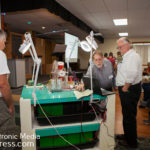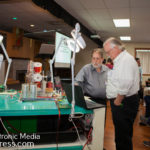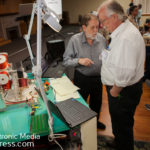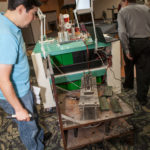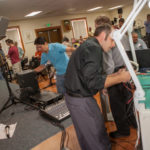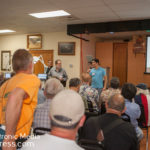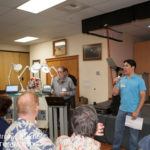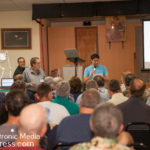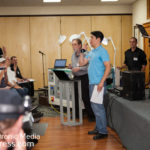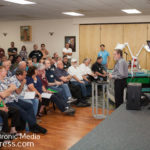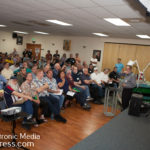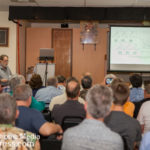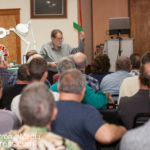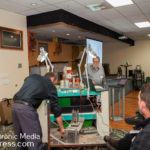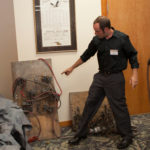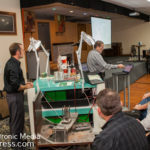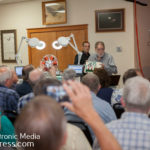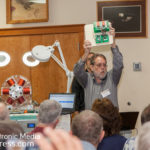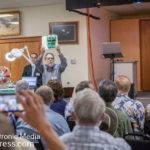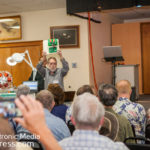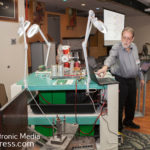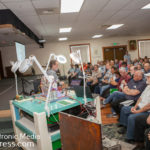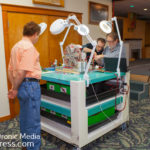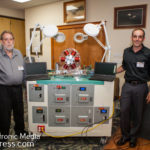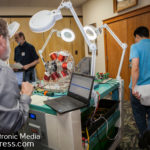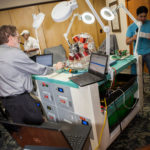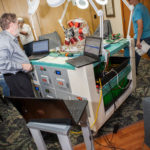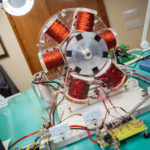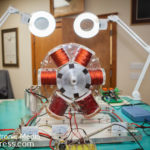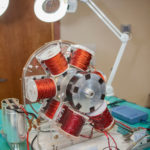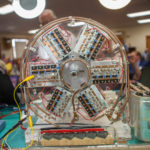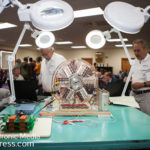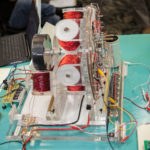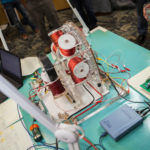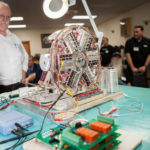
In 1999, when John Bedini was first introduced to me, this “Glass Case Motor” was the first thing he wanted to show me so it had always been very special to me but it was even more special to John. It is a beautiful work of art that John built because it embodied the many principles that were worked out over the years with his partner from the past, Ron Cole.
The first time he ever presented it publicly was at the 2015 Energy Science & Technology Conference but it was mostly a demonstration along with the history and some of the thinking behind it but he never disclosed the circuit specs, coil details, etc.
The interesting or even profound thing about this “glass case motor”, which John actually called the Gravity Wave Space Flux Motor, is that it had run countless hours over the years on 30 year old either alkaline or zinc carbon batteries. The batteries had been seen to be in such poor shape that they were practically falling apart but nevertheless, once the rotor is spun, it picks up speed, turns a propeller shaft with eddy currents, blinks LEDs but the batteries never seem to die.
The long-awaited, full-disclosure that everyone has wanted but never thought would happen is coming to the 2020 Energy Science & Technology Conference.
While we may not be able to claim we know all the answer as to why this particular arrangement of coils, magnets, etc. can demonstrate these amazing feats and we may not be able to claim that we see this motor the same way John did as he had his own unique way of looking at things, you will will walk away with all the information necessary to replicate this historical and amazing machine!
Get your ticket now while you can for our 9th annual event – 2020 Energy Science & Technology Conference – register now: 2020 Energy Conference

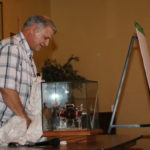
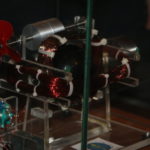
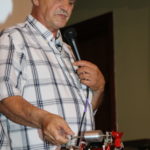
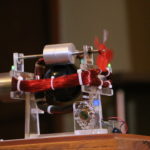
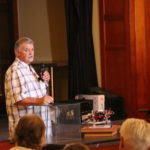
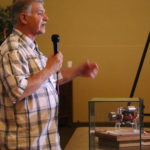
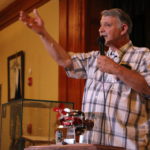


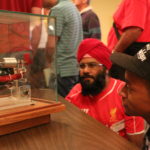
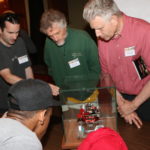
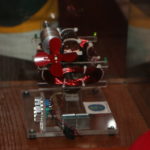

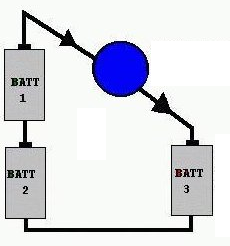 Let me explain the Split the Positive concept… lf I were to ask someone – even someone with a background in electronics or electricity if a light bulb would light up if it were placed between the positives of the batteries as shown to the left, they would say no.
Let me explain the Split the Positive concept… lf I were to ask someone – even someone with a background in electronics or electricity if a light bulb would light up if it were placed between the positives of the batteries as shown to the left, they would say no. 
